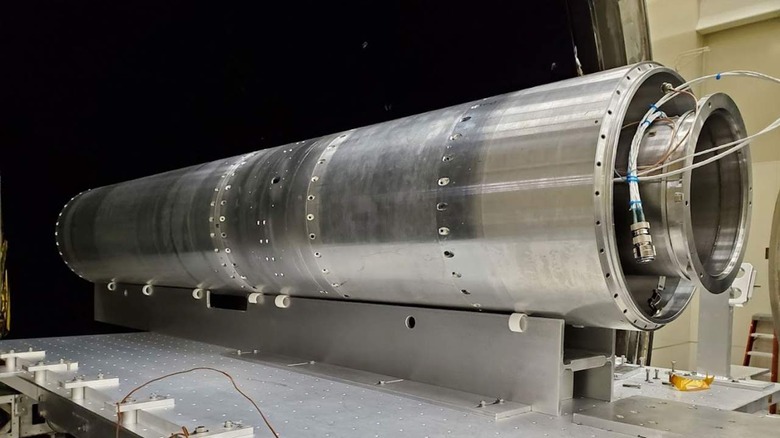MaGIXS X-Ray Spectrometer Performed Its Short Flight Recently
NASA researchers successfully launched a new x-ray solar imager on a very brief suborbital flight. The x-ray solar imager is called MaGIXS, short for Marshall Grazing Incidence X-ray Spectrometer. The instrument was launched on a suborbital flight via a sounding rocket to gather insights on how and why the sun's corona is so much hotter than the surface of the star itself.
The sounding rocket carried MaGIXS off the ground from the White Sands Missile Range in New Mexico at 2:20 PM EDT on July 30. MaGIXS deployed its payload, including a high-powered camera, telescope, and x-ray spectrometer that contains a matched pair of grazing incidence parabolic mirrors to study a phenomenon known as soft x-rays. The wavelength of those x-rays hasn't been previously observed in detail.
The scientific knowledge about the heating mechanisms of the corona of the sun is limited in part because we were not able to make detailed observations and measurements of the temperature distribution of the solar plasma in the region. The sun's surface temperature is more than 10,000 degrees Fahrenheit, but the corona routinely measures more than 1.8 million degrees Fahrenheit.
One of the biggest questions in astrophysics is how that process occurs. Scientists want to know if what makes the corona so much hotter than the sun's surface is a constant series of internal explosions or if there's a periodic rise and fall in the process. Researchers also believe a possibility is wave heating, where a near-constant internal solar agitation system, sort of like a washing machine, sends waves of energy up to the surface where they're expelled to heat the corona.
The MaGIXS sounding rocket mission is also a testbed for instrumentation that will be used on future NASA missions to study solar flares in detail. The goal is to tie the origins of a solar flare to measurable coronal activity. NASA wants to demonstrate how advanced flight hardware and space systems can be hardened against space weather, including high-energy outputs from the sun. Scientists hope to issue findings from the mission in the coming months.
